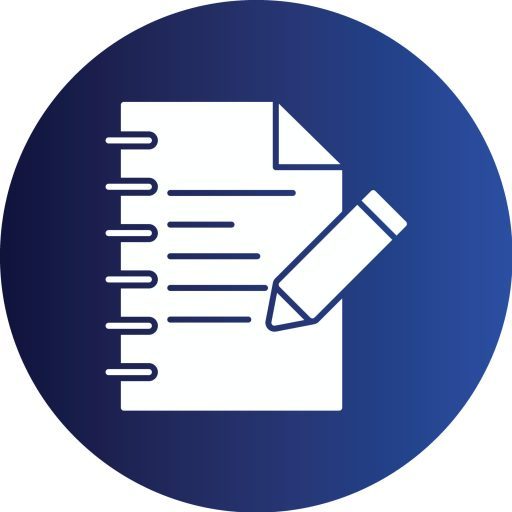Describe the plan for searching the literature; Appropriate databases that will be searched.

Describe the Plan for Searching the Literature: Appropriate Databases That Will Be Searched
A systematic and well-structured literature search plan is essential in conducting evidence-based research. Whether for a clinical question, scholarly project, or quality improvement initiative, the foundation of strong academic inquiry begins with identifying relevant, credible, and current sources. The process of literature searching must be intentional, organized, and guided by a clear research question or objective. This essay outlines a comprehensive plan for searching the literature and identifies appropriate databases that will be utilized.
Step 1: Define the Research Question
The first and most important step in searching the literature is formulating a clear, focused research question. Utilizing a framework such as PICO (Population, Intervention, Comparison, Outcome) helps in shaping a question that guides the search strategy. For example, a clinical question might be: “In elderly patients with hypertension (Population), does a low-sodium diet (Intervention), compared to a regular diet (Comparison), reduce blood pressure more effectively (Outcome)?”
Step 2: Identify Keywords and Synonyms
Once the question is established, the next step is identifying keywords and relevant synonyms for each component. For the example above, keywords might include: elderly, older adults, hypertension, low-sodium diet, dietary sodium, blood pressure control, etc. Boolean operators (AND, OR, NOT) are used to combine terms and refine search results. Truncation and wildcards (e.g., “hypertens*”) can also expand the search to include variations of terms.
Step 3: Select Appropriate Databases
The selection of appropriate databases is vital to ensure the retrieval of high-quality, peer-reviewed, and relevant literature. The following are key databases that will be searched:
-
PubMed (MEDLINE)
PubMed is a premier biomedical database that provides access to over 34 million citations and abstracts from life science journals. It is particularly useful for locating articles related to clinical medicine, nursing, pharmacology, and public health. -
CINAHL (Cumulative Index to Nursing and Allied Health Literature)
CINAHL is essential for nursing and allied health topics. It includes literature on nursing practices, patient care, and healthcare administration, making it especially valuable for nurse researchers and practitioners. -
PsycINFO
Managed by the American Psychological Association, PsycINFO is ideal for topics involving mental health, behavioral sciences, and patient psychology. It is useful for research related to psychiatric nursing and patient behavior management. -
Cochrane Library
This database offers high-quality systematic reviews, clinical trials, and evidence-based healthcare data. It is widely used for developing clinical guidelines and making practice recommendations. -
Scopus
Scopus is a comprehensive interdisciplinary database that indexes peer-reviewed literature across science, medicine, social sciences, and technology. It provides tools for tracking citations and analyzing research trends. -
Google Scholar
Though not as refined as professional databases, Google Scholar can be used for an initial broad search. It is helpful for locating gray literature, theses, dissertations, and open-access articles not always indexed in other databases.
Step 4: Apply Inclusion and Exclusion Criteria
To narrow the search results, inclusion and exclusion criteria must be defined. Criteria may include:
-
Publication date: Limit to the past 5 years for relevance and currency.
-
Language: English only.
-
Type of article: Peer-reviewed, original research, systematic reviews.
-
Population: Age, gender, or setting-specific criteria.
Step 5: Document and Manage the Search
Proper documentation of the search process is necessary for transparency and reproducibility. Search strings, filters applied, and databases used will be recorded. Reference management tools such as Zotero, EndNote, or Mendeley will be employed to organize citations and eliminate duplicates.
Conclusion
A systematic plan for literature searching enhances the quality and reliability of research outcomes. By formulating a focused question, identifying key terms, using appropriate databases, and applying clear inclusion criteria, researchers can ensure that they gather comprehensive and high-quality evidence. Effective literature searching not only strengthens the foundation of academic inquiry but also supports evidence-based practice and improved patient outcomes.
References
American Psychological Association. (2020). Publication manual of the American Psychological Association (7th ed.). APA.
Melnyk, B. M., & Fineout-Overholt, E. (2023). Evidence-based practice in nursing & healthcare: A guide to best practice (5th ed.). Wolters Kluwer.
Stillwell, S. B., Fineout-Overholt, E., Melnyk, B. M., & Williamson, K. M. (2010). Asking the clinical question: A key step in evidence-based practice. American Journal of Nursing, 110(3), 58–61. https://doi.org/10.1097/01.NAJ.0000368959.11129.79
The post Describe the Plan for Searching the Literature appeared first on Nursing Depo.

